How To Solve The $8.8 Trillion Engagement Problem
Employee disengagement is a big problem, costing companies a massive $8.8 trillion each year, as highlighted by research from Gallup. The research

Employee disengagement is a big problem, costing companies a massive $8.8 trillion each year, as highlighted by research from Gallup. The research

We talk to Tileflair Ltd’s CEO Matthew Johnson: How Holst supports Tileflair Ltd to recruit and retain the right people. https://youtu.be/ilREqsDzRAw We

We talk to Lorraine Metcalf (Chief People Officer): How Holst supports Quantexa to build effective workplace culture. https://youtu.be/lDV0qTXzgcg We talk to Lorraine

All our work is backed by a 100% money back guarantee. So far, nobody has taken us up on the offer.
SVEND HOLST ASSOCIATES LIMITED
Suite 5, River and Rowing Museum, Henley on Thames RG9 1BF
Registered in England & Wales #02200322
hello@weareholst.com | 0203 111 9292
Click edit button to change this text. Lorem ipsum dolor sit amet, consectetur adipiscing elit. Ut elit tellus, luctus nec ullamcorper mattis, pulvinar dapibus leo.